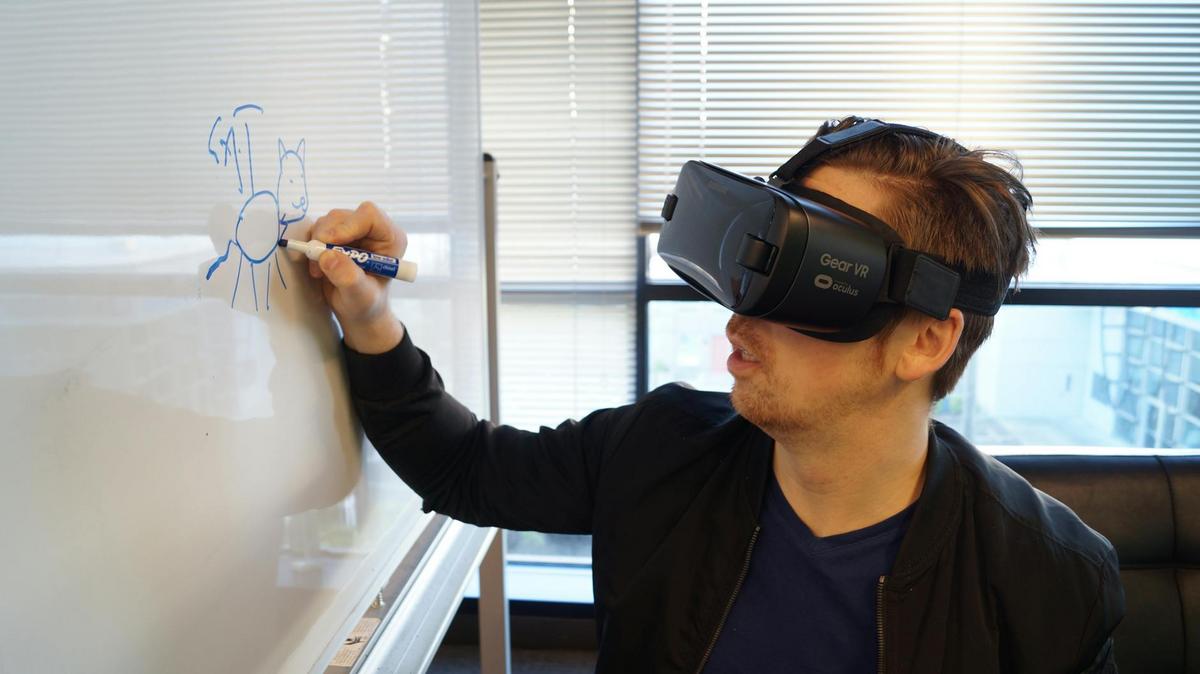
How 5G Will Transform Remote Learning
Imagine a world where the boundaries of education are virtually limitless, and learning is accessible to anyone, anywhere, at any time. This is not a distant dream but a reality on the brink of realization with the advent of 5G technology. As the next generation of wireless networks rolls out globally, it promises to revolutionize remote learning, offering unprecedented speed, connectivity, and possibilities for educators and learners alike.
The 5G Revolution in Education
5G technology is set to transform various sectors, with education being a significant beneficiary. The ultra-fast speeds and low latency of 5G networks can support more interactive and immersive learning experiences, making remote education more effective and engaging.
Expert Insights
Industry leaders, such as Qualcomm, suggest that 5G will support a more connected and intelligent learning environment. According to a report by Ericsson, 5G can enhance educational delivery by enabling real-time data transfer and seamless connectivity among devices.
Statistics Supporting the Shift
A study by GlobalData highlights that by 2025, over 2 billion devices will be connected to 5G networks, many of which will be used in educational settings. This connectivity will allow for the integration of virtual reality (VR) and augmented reality (AR) into the curriculum, providing students with experiential learning opportunities previously unimaginable.
Real-World Applications
Consider a rural teacher who previously struggled with slow internet speeds during virtual classes. With 5G, they can conduct high-quality video lessons without interruption, enhancing the learning experience for students in remote areas.
Actionable Tips for Educators
- Embrace 5G-enabled devices to enhance classroom experiences.
- Incorporate VR and AR tools to provide immersive learning.
- Stay updated with 5G advancements to leverage new educational technologies.
Pro Tip:
Start preparing your educational content for 5G now. Consider how multimedia elements like 3D models and interactive simulations can be integrated into your teaching.
Advantages of 5G in Remote Learning
| 5G Benefits | Impact on Learning |
|---|---|
| High-Speed Internet | Reduces buffering and improves video quality. |
| Low Latency | Enables real-time interaction and collaboration. |
| Increased Capacity | Supports more simultaneous connections. |
| Network Slicing | Allows prioritization of educational content. |
| Enhanced Mobility | Facilitates learning on the go. |
| Improved Reliability | Ensures consistent connectivity. |
| Advanced Security | Protects student data and privacy. |
| IoT Integration | Connects smart devices for better resource management. |
Frequently Asked Questions
What is 5G technology?
5G is the fifth generation of mobile network technology, offering faster speeds, lower latency, and more reliable connections than previous generations.
How will 5G improve remote learning?
5G will enhance remote learning by providing high-speed internet, enabling real-time collaboration, and supporting immersive educational technologies like VR and AR.
When will 5G be widely available?
5G is currently being rolled out in many cities worldwide and is expected to be widely available by 2025.
Conclusion
As 5G technology becomes more prevalent, the potential to transform remote learning is immense. By embracing this technology, educators and institutions can create more dynamic, interactive, and accessible learning environments. The future of education is bright, and with 5G, it’s closer than ever. Begin exploring how 5G can be integrated into your teaching practices today to stay ahead of the curve and provide exceptional learning experiences.


